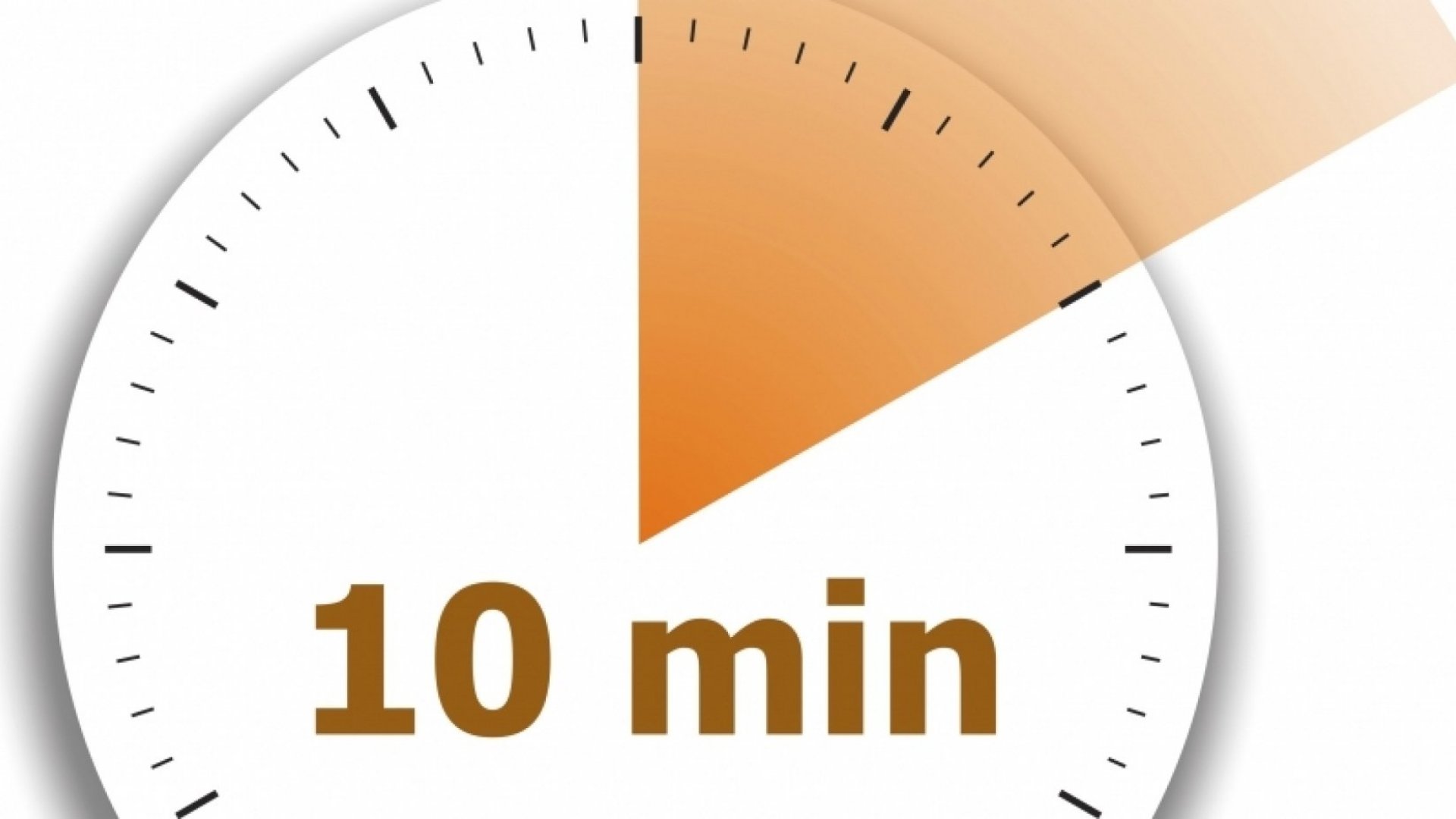It is human nature to form connections…and to lose touch. The vicissitudes of time often make who we stay in touch with more a matter of happenstance than intentionality. When it comes time to look for a new job or embark on a fresh project, we consult our mental Rolodex and realize that we’ve let distance grow in some key relationships. Most of us have a robust network, but neglect cultivating it the way we should. The urgent tasks in front of us crowd out our sincere intentions to stay in contact.
With the start of a new year, it can be tempting to make lofty—and unsustainable—resolutions about weekly lunches or multiple conferences or regular happy hours to connect. The reality is that the reason you haven’t stayed in better touch with colleagues is that you’re busy. Such overly ambitious goals are doomed to fail. The good news is that you can build a stronger relationship by just investing a small amount of time each week. Here’s my simple practice: spend ten minutes each week reaching out to a colleague you value but haven’t talked with in a while. For me, that usually takes the form of a quick email (which takes well under 10 minutes). Some weeks, I opt to pick up the phone and call, but often it’s easier to connect across schedules with email. Here are a few tips to help you integrate this practice into your own professional life:
1. Pick a regular time, when it won’t get skipped, such as first thing Thursdays or on your lunch break Wednesdays. Put it in your calendar and task list. Look forward to this opportunity and allow yourself to consider throughout the week who you might reach out to.
2. Keep it simple and manageable. This doesn’t need to be a grand missive. If you send an email that is multiple pages long, it will be onerous for your recipient. Keeping things brief is good for you and those you are reaching out to.
3. Always respond. If someone gets back to you, keep the conversation going as appropriate. I often find that emails volley back a 3–4 times, then reach a natural close until the next time I reach out. I respond to messages immediately when they come in or save them for my scheduled correspondence time.
Here’s an example message: “Dear Regina, you crossed my mind today. How are things going? What projects are you excited about right now?” If you have the bandwidth, you may choose to offer, “any way I can help?” Only extend that offer if you are sure you can deliver. I often include a couple sentences about what I’m working on that is challenging and energizing me. It’s really that simple. Ten minutes multiplied throughout the year enables you to maintain relationships with colleagues you respect and invest in higher education in fresh ways.



